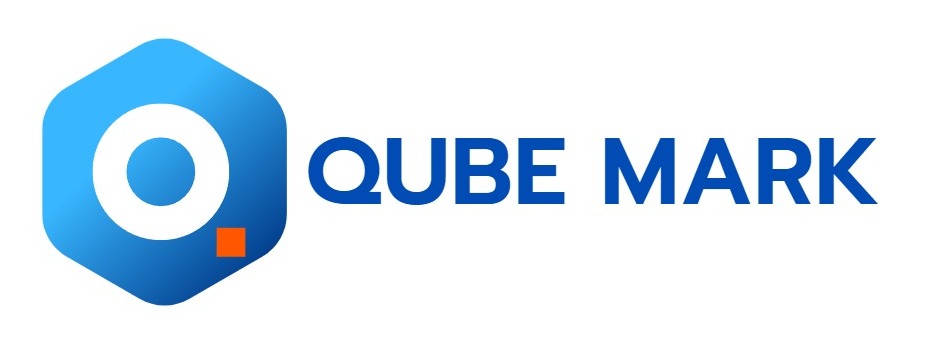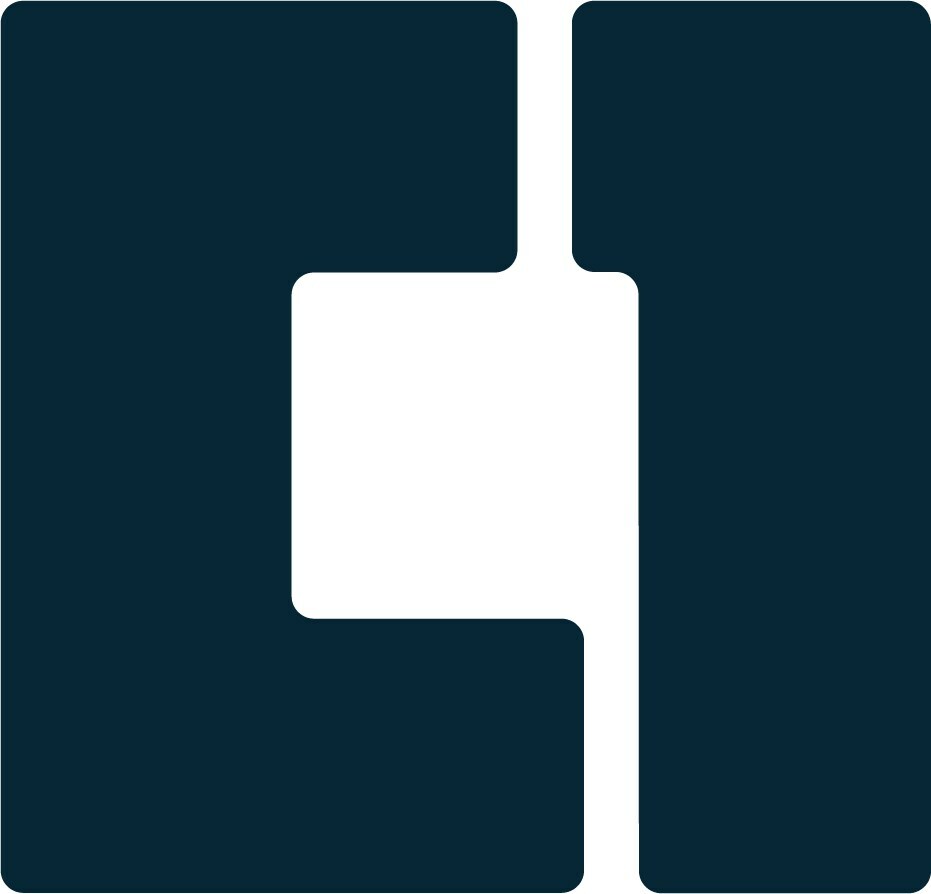WASHINGTON, Feb. 13, 2025 -- Twenty-four innovations in fire management have been selected as semi-finalists with a chance of winning a share of over $1,000,000 as part of the Conservation X Labs (CXL) Fire Grand Challenge for Western North America.
The semi-finalists were selected by an external panel of experts in fire management, forestry, and technological development, who evaluated the solutions on technological feasibility, growth potential, environmental and social impact, and novelty.
The solutions seek to transform many different aspects of how we live with fire in Western North America. Plumas Wood Fiber, a semi-finalist from California, has generated a new method to utilize woody biomass from forest thinnings to create a replacement to unsustainable products used by the horticultural industry. The Sierra Fund, another semi-finalist from Nevada City, CA, has developed new tools to help Tribal Nations incorporate place-based knowledge into their land management, carry out cultural burns, and increase traditional ecological stewardship.
"When we think about the long-term impact, of course I think the biggest goal is really for communities and ecosystems to be able to thrive and flourish. More beneficial fire, and less destructive fire." – Genevieve Biggs, Program Director, Wildfire Resilience Initiative and Special Projects, Gordon and Betty Moore Foundation
In the coming weeks, CXL will announce the partner community semi-finalists, who represent communities from across the region who are prepared to co-develop and field-test new solutions. One such community is the San Juan Islands Conservation District who has engaged to find innovative approaches to support their management of the mosaic of forest, woodland, prairie, and savannah ecosystems spread across the Washington peninsula.
Partner communities and technical applicants will then take part in a matchmaking process to meet each other and form teams that have technological expertise and deep local knowledge, as part of the Challenge design to encourage unique, powerful partnerships.
In March 2025, CXL will announce the technical and partner community finalists, who will each be awarded $50,000 to validate their innovation through the Challenge's field-testing and acceleration phase. The Grand Prize winner will be announced this coming December.
In collaboration with the Gordon & Betty Moore Foundation, the Coca-Cola Foundation, Esri, and Planet Labs, the Challenge called on innovators from around the world to submit solutions to transform how we manage and live with fire; ultimately the Challenge received 92 technical applications and over 50 partner community applications from 20 countries.
The technical applicant semi-finalist teams are:
- Biome Logs Team (California, USA) – A method to restore soils post-burn with bio-compost inoculated with mycorrhizal fungi.
- Blaze Barrier (California, USA) – A scalable, biodegradable wildfire defense system that forms firebreaks by releasing non-toxic extinguishing powder when exposed to flames, empowering communities and land managers to safely implement sustainable fire stewardship practices.
- Bullfinch Earth (British Columbia, Canada) – AI-powered wearable technology for biodiversity monitoring and fire risk assessment.
- BurnBot, Inc. (California, USA) – Advanced robotic solutions for wildfire prevention, featuring a masticator for dense vegetation removal and the BurnBot RX, a precise, low-emission prescribed burning robot capable of operating in sensitive areas and under varied conditions, significantly expanding wildfire risk mitigation opportunities.
- Circular Industries of Canada Ltd. (British Columbia, Canada) – Fleet of autonomous fire suppressing unmanned aerial vehicles (UAVs) for suppressing early fires both day and night, in poor conditions, and in difficult terrain.
- Coalitions and Collaboratives (Colorado, USA) – A novel method using native fungi to break down biomass and wood chip piles created by restorative forest thinning.
- Deploy Tech Ltd (Wales, United Kingdom) – A flat-packed, air-deployable, eco-friendly concrete water tank with a 14,000-liter capacity, designed for rapid assembly and durable wildfire mitigation, empowering rural and Indigenous communities with reliable water storage for proactive fire prevention and emergency response.
- Envisioning Labs (British Columbia, Canada) – A wildfire detection and suppression system designed specifically for ground fires in peat and duff soils. Detects fires with carbon monoxide and light sensors, then suppresses fires with liquid carbon dioxide injections.
- FireSwarm Solutions (British Columbia, Canada) – Autonomous fleet of drones to carry out cultural and prescribed burns in order to increase ecosystem resilience and health.
- Flame Carbonization for Forest Health (California, USA) – Management technique and kiln to produce biochar - reducing wildfire risk, enhancing soil health, and sequestering carbon.
- Flash Forest Inc. (Ontario, Canada) – Forest regeneration technology, guided by AI software, that utilizes drones to distribute seed pods for replanting and is being implemented with First Nations.
- International Savanna Fire Management Initiative (ISFMI) (Australia and Mexico) – A new strategy to implement early dry season burns through a process called Emissions Reduction Traditional Fire Management (ERTFM). The process utilizes geospatial information systems (GIS) and local knowledge to prevent destructive burns in the late dry season.
- Mayday.ai (Guardian Space) (Henssen, Germany) – A comprehensive wildfire management system integrating AI, satellite risk mapping, Internet of Things (IoT) sensors, aerial surveillance, and Indigenous ecological knowledge to deliver ultra-early detection, real-time monitoring, and community empowerment.
- Plumas Wood Fiber (California, USA) – A process for converting forest residual biomass from thinnings into sustainable, locally-sourced wood fiber potting substrates. Creates a replacement for unsustainably harvested peat moss for the horticultural industry, reduces fire hazards, and creates jobs in disadvantaged communities.
- Qualcomm Institute at University of California San Diego (California, USA) – Tool to protect cultural resources, with immersive virtual tours of landscapes/sites that may be damaged by suppression efforts.
- Skyward Wildfire (British Columbia, Canada) – Seeks to suppress lightning by cloud seeding with safe, non-toxic materials to neutralize storm charges, offering a scalable, localized solution for protecting forests at risk from lightning-ignited wildfires globally.
- SIG-NAL, Watershed Progressive, and Cabin31 (California, USA) – A geospatial conservation technology workflow process for landscape wildfire resilience projects to strengthen work crews, local community participation, and feedback in project implementation.
- Takachar (Canada, India, USA) – Biomass pre-processing technology for biochar that is small-scale, portable, low-cost and low energy designed to increase the scale of forest thinnings in the region.
- TetonTopo (Idaho, USA) – FireBridge Portal is a user-friendly web-based platform designed to make wildfire data accessible and actionable for Tribal Nations and Organizations.
- The Sierra Fund (California, USA) – Fire Stewardship Support Tool to support Tribal Nations and Organizations with cultural fire stewardship and restoration, utilizing GIS and storytelling tools.
- Vibrant Planet Data Commons (Colorado, USA) – AI decision support tool to assist community planning for fire mitigation and restoration.
- WeavAir (Ontario, Canada) – Fire forecasting/risk mapping system that uses a network of multi-sensor IoT devices, satellite hyperspectral imagery, drone-based sensors, and predictive AI.
- WildFire Robotics (Alberta, Canada) – Robotic fire containment system with advanced locomotion, intelligent fluid distribution, and semi-autonomous control systems, that self-deploys long-distance fluid in distribution lines across challenging terrain.
- Witching Hour (Tennessee, USA) – A robotic system that rapidly and cost-effectively installs insulation over live power lines, reducing wildfire risk, lowering electricity costs, and improving quality of life in vulnerable, wildfire-prone communities without disrupting power service.
The Fire Grand Challenge aims to transform how we manage and live with fire by catalyzing scalable solutions that braid together Indigenous, rural, and place-based knowledge with cutting-edge technology and innovation.
About Conservation X Labs
Conservation X Labs creates solutions to prevent the sixth mass extinction by developing transformative technologies, harnessing innovation through competitions, and building a community of innovators across disciplines. With the belief that humans have the power to solve the problems they've created, CXL stands at the forefront of conservation technology. Learn more at www.conservationxlabs.com.
This News is brought to you by Qube Mark, your trusted source for the latest updates and insights in marketing technology. Stay tuned for more groundbreaking innovations in the world of technology.









